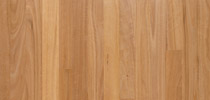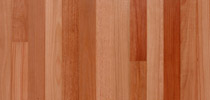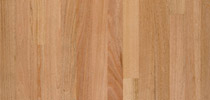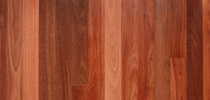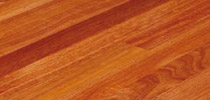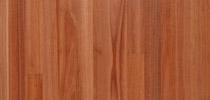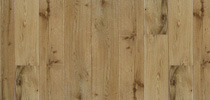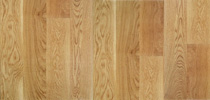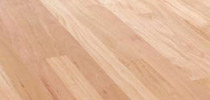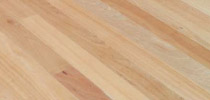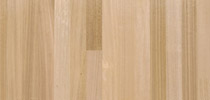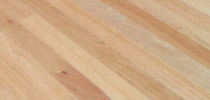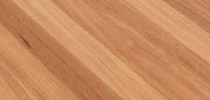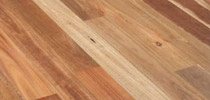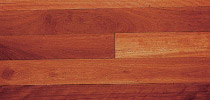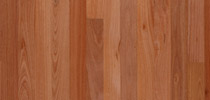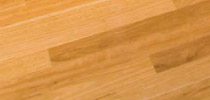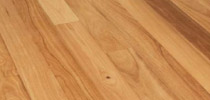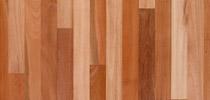FAQ's Pricing / Costing
NUFLOORS - Floor sanding and timber flooring Auckland offer a full floor restoration service. This includes minor and major repairs, including fireplace removals and floorboard replacement. We will sand your old and new floors, fill your gaps where necessary and finish off with Solvent based, Waterbased, or hard waxed oil finishes. We offer competitive prices and work throughout Auckland.
Free Estimate
NUFLOORS - Floor Sanding will visit your property for free to assess what work needs to be done. It is best practice to visually see you floor so we can determine the wood species and identify any other factors that you the home owner may have overlooked. This way we can ensure the best outcome and the best price.
We also provide a full new timber installation service, which includes subfloor preparation, glue and/or nail down installation and finishing to your choice
Price and Costing
NUFLOORS will always give you a competative price. The prices below are meant as a guide only and are flexible, depending on the size of your project and our discretion.
For example, large projects will be less per meter. Other factors may result in an increase in price and are also considered such as badly cupped floor boards, thick areas of bitumen, previous sanding, or if the floor has never seen a sanding machine before.
Price / Cost Guide for Timber flooring / Wooden flooring
NUFLOORS will always price projects competitively, The wood flooring prices below are meant as a guide only and are flexible, depending on the size of your project and at our discretion. The cost of wood flooring per meter depends on the wood flooring cost, and the subfloor preparation, we will give you a written quotation on timber flooring prices. The cost of refinishing your floor depends on how much sanding is required, gap filling and nail holes, then the type of protection you choose to refinish your floors such as polyurethane or oil.
Price / Cost Guide for Parquet flooring
The wood flooring prices for Parquet flooring are $180.00 per sqm on a wooden floor, and $190.00 per sqm on concrete.
Price / Cost Guide for Cork flooring / Cork Tiles
$160.00 per sqm on a wooden floor, and $180.00 per sqm on concrete.
Floor sanding Price, How much is floor sanding?
- Floor Sanding Only: From $20 per m2 depending on whether the floor has been sanded previously and what condition it is in.
- Floor Sanding & 3 Layers of Solvent based Polyurethane : From $40 per m2
- Floor Sanding & 3 layers of Two Part Commercial Water based Finish: From $45 per m2
- Floor Staining Wooden Floors Numerous Colours Available: $10 per m2 Extra
- Floor Sanding & White Milked or blonded Polyurethane : From $10 per m2 Extra
- Floor Sanding & One layer of Coloured Hardwax Oil, and Two Layers of Clear Hardwax Oil, Available in Matt, Satin, Gloss: From $60.00 per m2
Refinishing with Solvent, Waterbased and Oils
The Finishes and Oil products we use are made by world renowned brands such as Pullmans and Hadley's. Most products are clear i.e. not coloured and available in gloss, satin and matt finishes. These products offer the best possible range of finishes.
Common Repairs Cost and Pricing
Not all floors are in perfect condition and therefore we are will complete FREE OF CHARGE minor repairs such as filling old pipe holes, fixing down a loose board and removing staples. The cost of any additional repairs can be discussed at the time of estimate.
Reclaimed floor boards, sourced, prepared and fitted: $150.00 per metre.
It is important to note that the availability of old floorboards is limited. We make every effort to find floorboards that will be sympathetic to your existing floor although an exact match cannot be guaranteed. If you require reclaimed boards and need an exact match please take a sample of your floorboards to a reclamation yard where they can assist you.
Staircases pricing and costing
Sanding a typical staircase ( approx 80cm in width) including 3 coats of finish
Per Tread: From $30.00 Per Tread and Riser: From $45.00
Gap Filling
Consider eliminating gaps in traditional floorboards by filling them. We do not recommend this process for timber floors on timber joists. For more information please CONTACT US.
A. Gap Filling = We mix your sanded floor dust with a resin: $12 per m2
B. Mixed Gap Filling: $5 per m2
Tired/Old Carpets
If you decide to take these up yourself, be careful not to score the floor underneath if your using a sharp knife.
Carpet Removal and Disposal: From $250.00
Payment
50 % payment is required prior to commencement of work with the balnace paid on completion unless prior arranged.


